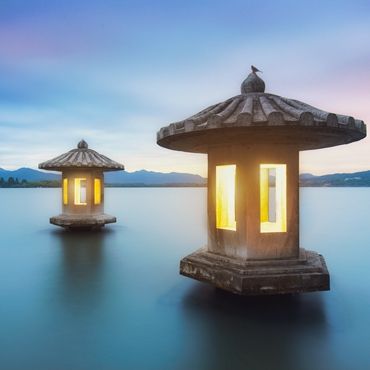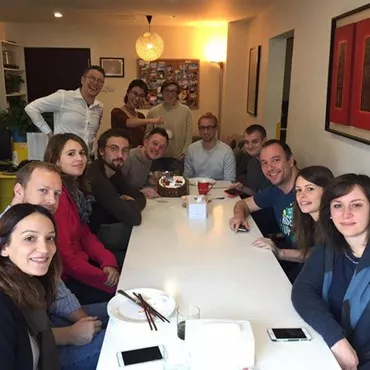Shanghai Museum
The Shanghai Museum is a preeminent institution in China, celebrated for its vast collection of over 120,000 invaluable cultural artifacts. Its extensive and exceptional assortment, particularly in the areas of bronze ware, ceramics, calligraphy, and painting has garnered international recognition.

Founded in 1952, the museum initially operated at 325 Nanjing West Road. In 1959, it relocated to a more spacious venue at 16 Henan South Road, where it continued its progressive growth and development. In 1992, the Shanghai government made the strategic decision to construct a new museum in the heart of the city, situated in the prime location of People's Square. The groundbreaking ceremony for the new museum building took place in 1993 and it was officially inaugurated on October 12, 1996.
The new building of the Shanghai Museum spans a total area of 39,200 square meters and stands at a height of 29.5 meters. The distinctive combination of a round dome and square base, symbolizing the concept of "Heaven is round and Earth is square," creates an aesthetically captivating effect. The design seamlessly integrates traditional cultural elements with modern architecture, establishing it as a truly unique and iconic structure among global museums.
The museum accommodates 11 permanent galleries and three exhibition halls. The architectural layout encompasses six functional areas, including exhibition spaces, storage facilities, academic and research zones, management offices, and supporting amenities. Within the premises are 12 thematic exhibition rooms showcasing a wide array of treasures such as bronze artifacts, ceramics, calligraphy masterpieces, and paintings. Additionally, the exhibits encompass coins, jade pieces, sculptures, seals as well as crafts from various ethnic minorities.
The museum's total exhibition space is 12,000 square meters, distributed across four floors. The first floor features the Ancient Chinese Bronze Gallery, Ancient Chinese Sculpture Gallery, and Exhibition Hall. The second floor showcases the Ancient Chinese Ceramics Gallery and the temporary Ceramics Gallery. The third floor is dedicated to the Calligraphy Gallery, Painting Gallery, and Seals Gallery. The fourth floor exhibits the Ancient Chinese Jade Gallery, Coin Gallery, Ming and Qing Furniture Gallery, and the Ethnic Minority Craft Gallery.
















